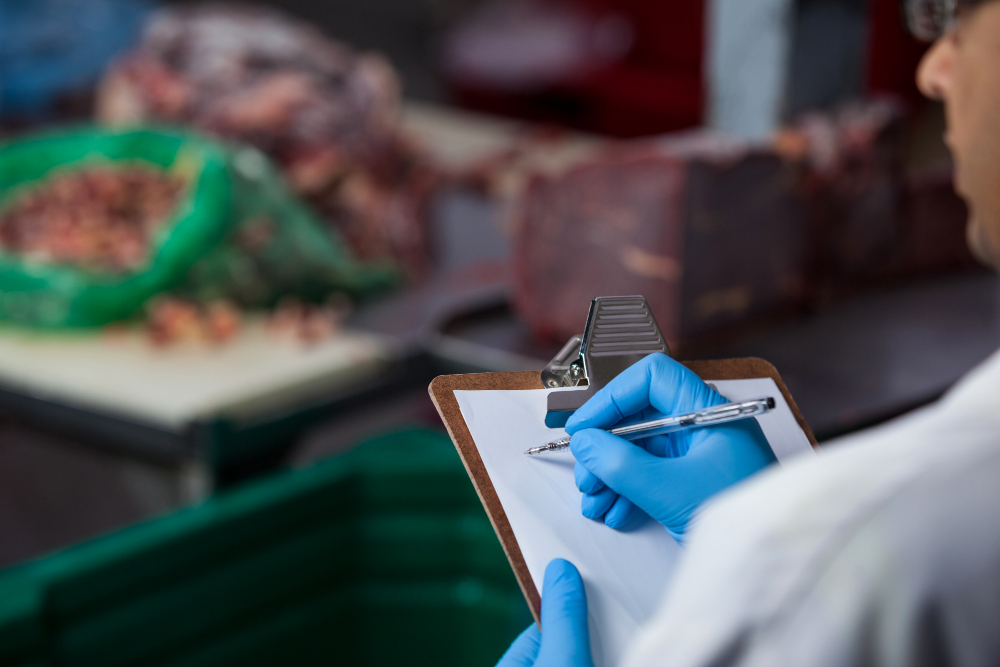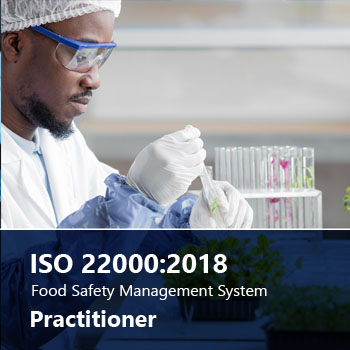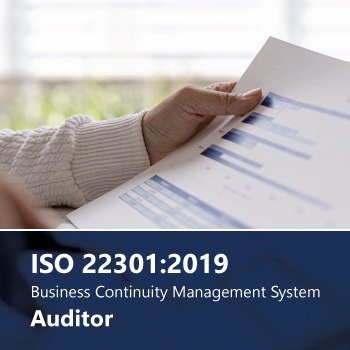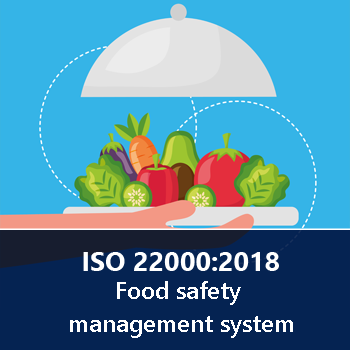What are the Prerequisite Programmes (PRPs) in ISO 22000 and why they are critical aspects of a food safety management system (FSMS)

When implementing an effective food safety management system the foundation is just as important as the specific controls intended to address food safety hazards. Before assessing risks or identifying critical control points, an organization must have strong hygiene and operational conditions in place. These are known as Prerequisite Programmes, or PRPs.
In this article, we’ll explore what PRPs are, what ISO 22000 says about them, and why they must be understood by anyone involved in food production, processing, handling, or storage.
What are PRPs?
Prerequisite Programmes are defined as basic conditions and activities necessary within the organization and across the food chain to maintain food safety.
Think of PRPs as the hygiene and infrastructure practices that create a safe environment for food processing. They are not hazard-specific controls, but rather general practices that prevent contamination or hazards from emerging in the first place.
Common examples of PRPs include:
- Clean and well-maintained facilities
- Reliable water and air supply
- Pest control and waste management
- Personnel hygiene
- Cleaning and disinfecting routines
- Prevention of cross-contamination
- Control of incoming materials and equipment suitability
PRPs are not designed to eliminate specific hazards identified by the organization — that role belongs to Operational Prerequisite Programmes (OPRPs) and Critical Control Points (CCPs). Instead, PRPs provide the baseline that any effective food safety management system depends on.
ISO 22000 requirements for PRPs
ISO 22000 expects the organization implementing a FSMS (Food Safety Management System) to establish, implement, maintain and update PRPs to help prevent or reduce contaminants — including food safety hazards — in products, processes, and the work environment.
PRPs should be:
- Relevant to the organization’s context and food safety risks
- Appropriate for the size, scope, and type of operations
- Applied across the production system, either as general programmes or tailored to specific products or processes
- Approved by the food safety team
How to establish effective PRPs
ISO 22000 outlines several key areas that must be considered when defining PRPs:
- Construction and layout of buildings
- Zoning and layout of processing areas
- Utilities (air, water, energy)
- Waste disposal, pest control, sewage and related activities
- Equipment suitability, cleaning and maintenance
- Incoming materials, supplier approval and assurance
- Reception of incoming materials, storage, dispatch, transportation and handling
- Measures to control cross-contamination
- Cleaning, sanitation, and personal hygiene
- Product information and consumer awareness
- Areas like food defence and bioterrorism, where relevant
There is no one-size-fits-all approach. PRPs must be customized based on the type of food, the processes involved, local regulations, and sector-specific needs. However, national legislation, food safety guidelines, and industry codes of practice typically offer a useful baseline for implementation.
ISO/TS 22002 – a useful standard
While ISO 22000 outlines what needs to be done, it doesn’t explain how to do it. A standard like ISO/TS 22002 is helpful as it offers sector-specific guidance for implementing PRPs.
ISO/TS 22002 has several parts, each dealing with a different sector of the food chain (e.g. food manufacturing, catering, farming, transportation and storage, production of animal food or manufacture of food packaging).
Depending on your organization’s role in the food chain, the relevant part of ISO/TS 22002 can help select and implement appropriate PRPs.
FSMS audit and certification
PRPs are among the first aspects a competent food safety auditor will evaluate. Why? Because they set the stage for everything else. If a facility lacks basic sanitation, has an unreliable water supply, or cannot prevent cross-contamination, then even the most rigorous hazard analysis won’t be enough.
For this reason, a strong understanding of PRPs is essential for:
- Food businesses preparing for ISO 22000 or another food safety scheme certification
- Quality or safety managers responsible for compliance
- FSMS auditors or consultants
- Professionals overseeing day-to-day food safety
Learn with us and get certified as a Food Safety professional
We offer:
🎓 Online ISO 22000 training, covering core FSMS elements like PRPs, hazard controls, traceability, internal audits, and more
🔍 ISO 22000 FSMS practitioner and auditor certification exams, with case-based questions and real-world scenarios
Advance your career in food safety by building practical knowledge, earning certification, and gaining the recognition you deserve


